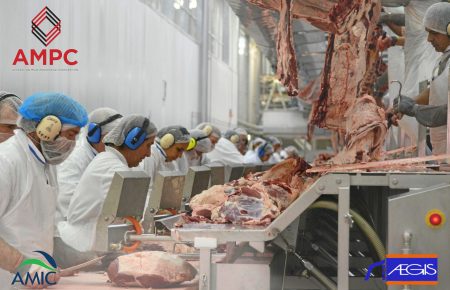Safe Work Australia have released the 2018/2019 Australian workers’ compensation statistics.
These statistics continue to identify that Australia’s current approach to claims and injury management is failing.
Despite ongoing improvement when it comes to the frequency rate and total number of serious injuries, both the average cost and average time lost for serious claims continues to increase.
Key findings
Safe Work Australia’s report identified that the frequency rate of serious claims reduced by 26 per cent between 2008/2009 and 2017/2018 within the total number of serious claims decreasing by 12 per cent across this same period.
However, while these improvements in frequency were being achieved, the severity of injuries increased significantly with the median time lost for a serious claim increasing by 24 per cent — from 5.0 to 6.2 working weeks.
Takeaways
Every day that a worker has off work increases claims costs, which in turn increases employer premiums. What is not identified in the Safe Work Australia report is the percentage increase that employers have experienced in their premiums between 2008/2009 – 2017/2018 as a direct result of the deterioration in return-to-work outcomes.
The ten-year lost time rolling average increased from 5.8 weeks to 6.2 weeks between the 2016/2017 and 2017/2018 reports adding on average an additional three days of compensation to the cost of a claim.
If we look at data from 2011/2012 onwards, we can see that the number of weeks off work has risen consistently, and there is nothing that we are seeing implemented by the industry that appears focused on halting this disturbing trend.
Given the significant deterioration in return to work outcomes in Victoria and NSW (as reflected by the increase in claims expenses paid in 2018/2019 & 2019/2020), two of the largest states when it comes to Workers’ Compensation, how much will the typical number of weeks off work for a serious claim have increased when the 2019/2020 data is released in January 2022?
We know1, that if a worker is off work for 20 days, the chance of them ever returning to work is 70 per cent. However, by 45 days this has dropped to 50 per cent, and at 70 days to 35 per cent.
At 6.2 weeks, the average time lost equates to 31 working days, suggesting that the chance of the average worker getting back to work now sits somewhere between 50 to 70 per cent.
If this concerning trend in time lost is not addressed, how long before the average time lost has risen to the point where the chance of an injured worker ever returning to work is less than 50 per cent?
As a nation, those with the positions and power to drive true innovative change in return to work outcomes appear continually focused on process over outcome, often making decisions that have detrimental impacts on return to work outcomes.
Alex Collie called our industry on this in 2013 and since then Greg McCarthy provided us with a road map to improving outcomes in this area in his award winning white paper, “Insights for success in work injury insurance”. Unfortunately, it would appear that our industry has ignored both the warnings and advice and our outcomes have continued to deteriorate as a consequence.
Despite substantial growth in the international body of evidence about what works and what doesn’t in returning injured people to work, as a nation Australia is no better at this in 2013 than we were 15 years ago. Our practices are broadly the same. Our policies have not really changed. We have failed to innovate.
Alex Collie, 2013, “What is behind our failure to return more injured people to work?”
Note: Safe Work Australia defines serious claims as claims involving five days or more of time off work
- The Royal Australian College of Physicians & The Australasian Faculty of Occupational & Environmental Medicine: “Realising the Health Benefits of Work – A Position Statement” 2011
With over twenty years’ experience in Workers’ Compensation, Simon is a vocal advocate for employers in a scheme that often leaves them feeling powerless and frustrated. Simon and his team work with employers across Australia, helping them take back control of their Workers’ Compensation programs.
























































